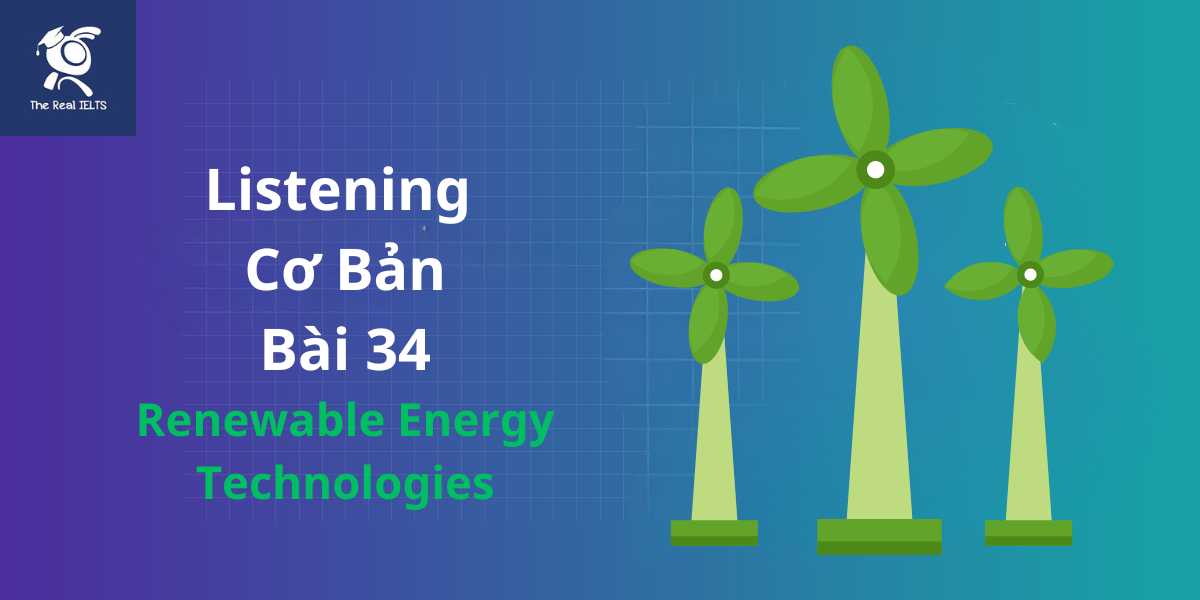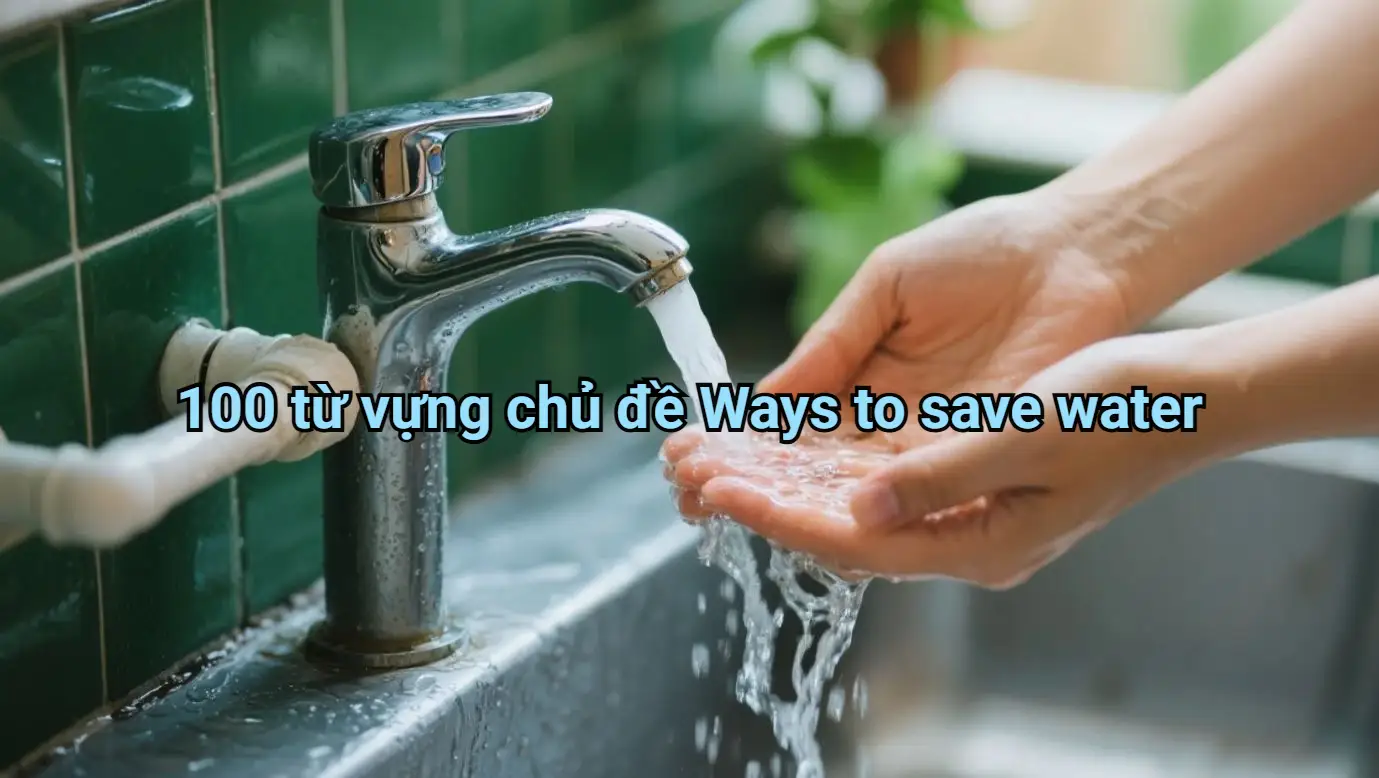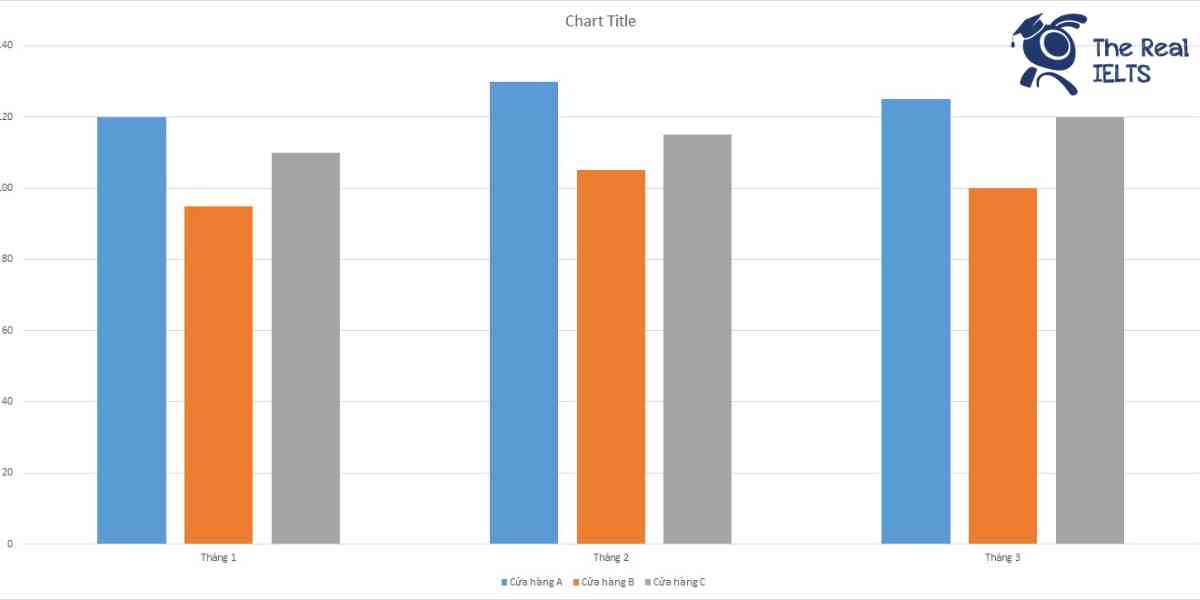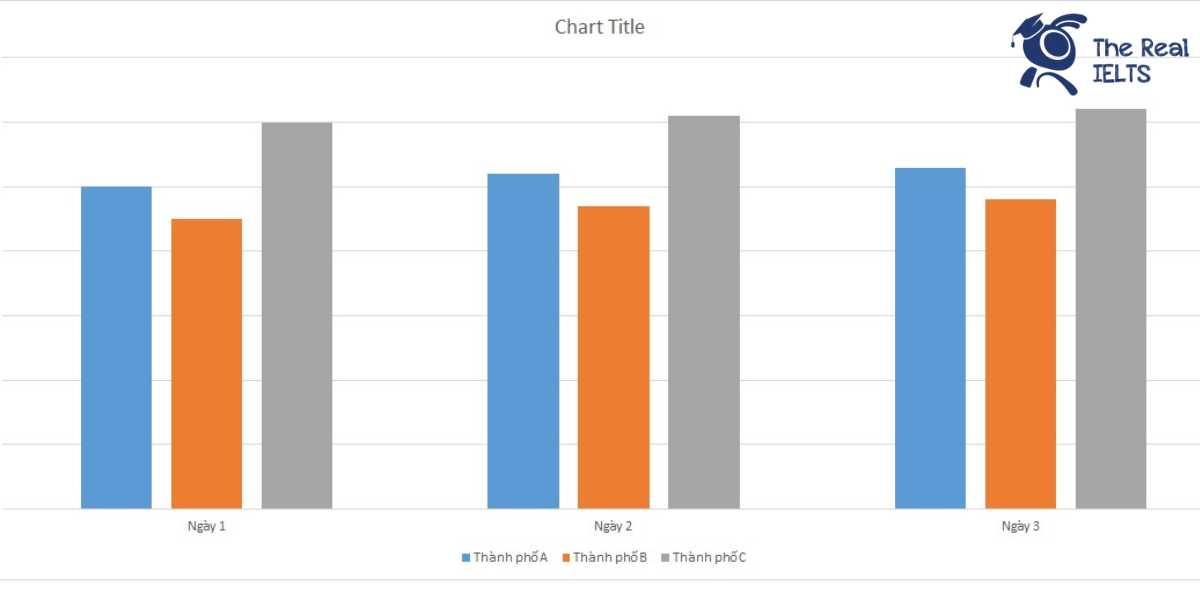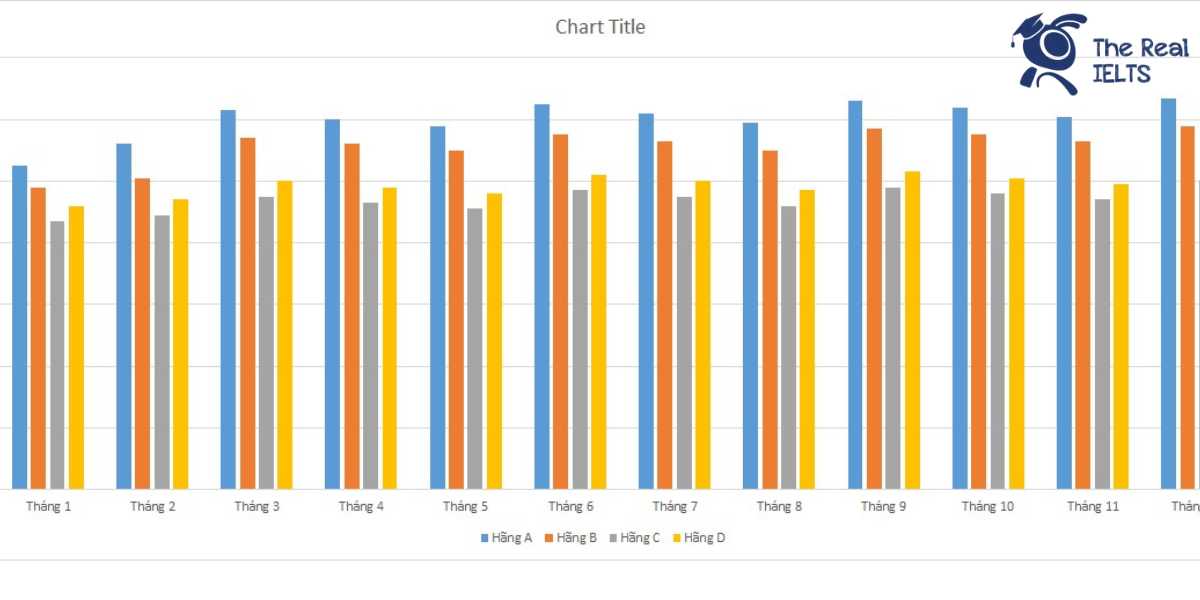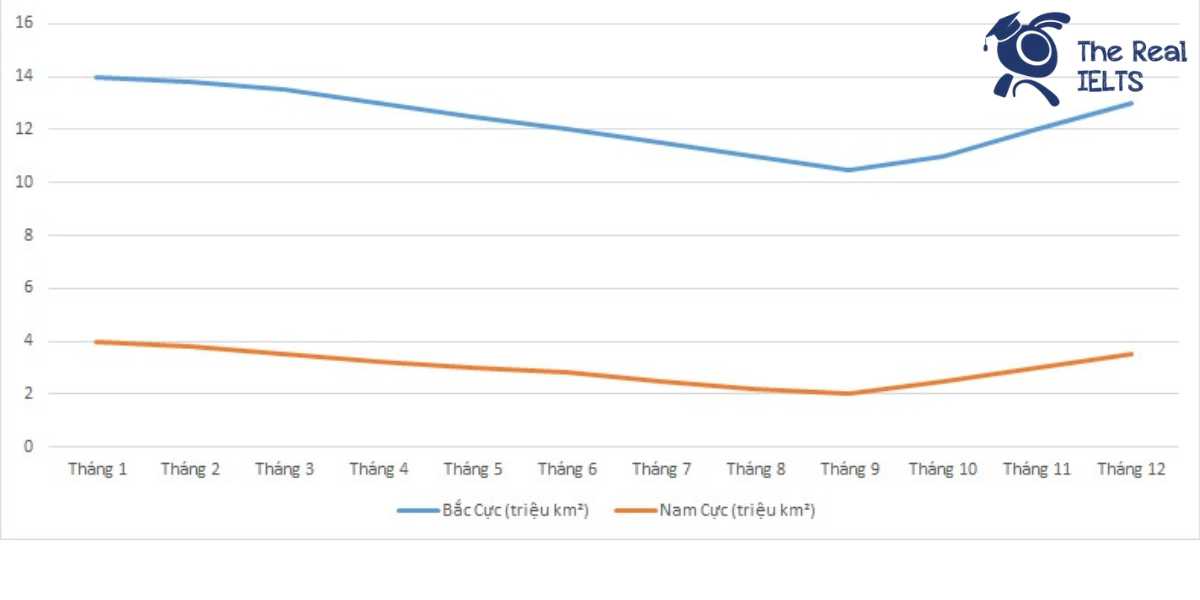Dưới đây là bài tập Listening luyện thi IELTS về chủ đề “Công Nghệ Năng Lượng Tái Tạo”. Bài tập bao gồm các câu hỏi dựa trên một đoạn hội thoại, tương tự như những gì bạn có thể gặp trong bài thi nghe IELTS thực tế.
Bài Listening
Questions
Section 1: Multiple Choice
- What is a key benefit of solar power mentioned in the audio? a) It is the cheapest form of energy. b) It produces no greenhouse gas emissions during operation. c) It requires very little space for installation.
- Where are wind farms typically more efficient? a) Onshore b) Near residential areas c) Offshore
Section 2: Short Answer 3. What is one environmental impact of large-scale hydropower plants?
- Name two types of renewable energy technologies that were mentioned besides solar, wind, and hydropower.
Section 3: Summary Completion Complete the summary with no more than two words from the audio script.
Renewable energy technologies are essential in reducing reliance on ____________. Solar power uses ____________ to convert sunlight into electricity, while wind power uses wind turbines to convert kinetic energy into mechanical power. Hydropower is efficient but can disrupt local ____________. Other renewable technologies include geothermal energy and biomass energy.
Section 4: True/False/Not Given 5. Advances in technology have decreased the efficiency of photovoltaic cells.
- Micro-hydro systems can provide power to large urban areas.
- Geothermal energy is suitable for all geographical regions.
Answers
Section 1: Multiple Choice
- b) It produces no greenhouse gas emissions during operation.
- c) Offshore
Section 2: Short Answer
3. Disrupting local ecosystems and fish populations.
- Geothermal energy, biomass energy.
Section 3: Summary Completion Renewable energy technologies are essential in reducing reliance on fossil fuels. Solar power uses photovoltaic cells to convert sunlight into electricity, while wind power uses wind turbines to convert kinetic energy into mechanical power. Hydropower is efficient but can disrupt local ecosystems. Other renewable technologies include geothermal energy and biomass energy.
Section 4: True/False/Not Given 5. False
- False
- Not Given
Instructions for Use:
- Recording the Script: Record the audio script using clear and natural speech.
- Playing the Audio: Play the audio to the students and provide them with the questions.
- Answering the Questions: Allow students to answer the questions as they listen.
- Reviewing Answers: After completing the exercise, review the answers with the students, discussing any mistakes or misunderstandings.
Audio Script
Today, we’re going to discuss renewable energy technologies, which are becoming increasingly important in our efforts to combat climate change. Renewable energy comes from sources that are naturally replenished, such as sunlight, wind, and water. Let’s start by looking at solar power.
Solar power harnesses energy from the sun using photovoltaic cells. These cells convert sunlight directly into electricity. Advances in technology have significantly increased the efficiency of these cells, making solar power a more viable option for both residential and commercial use. One key benefit of solar energy is that it produces no greenhouse gas emissions during operation.
Wind power is another major renewable energy source. Wind turbines convert the kinetic energy from wind into mechanical power, which can then be converted into electricity. Wind farms can be found both onshore and offshore, with offshore wind farms typically having higher and more consistent wind speeds. However, the construction and maintenance costs for offshore turbines are generally higher.
Hydropower, which uses the energy of moving water, is one of the oldest and most established forms of renewable energy. Large-scale hydropower plants, such as dams, can generate significant amounts of electricity. There are also smaller-scale projects, known as micro-hydro systems, that can provide power to remote communities. Hydropower is highly efficient, but it can have substantial environmental impacts, such as disrupting local ecosystems and fish populations.
Other notable renewable energy technologies include geothermal energy, which harnesses heat from beneath the Earth’s surface, and biomass energy, which comes from organic materials like plant and animal waste. Both of these technologies have their own advantages and challenges. For example, geothermal plants can provide a constant energy supply, unlike solar and wind, which are intermittent. However, they are often limited to regions with suitable geological conditions.
To summarize, renewable energy technologies are diverse and offer various ways to reduce our dependence on fossil fuels. Each technology has its own unique benefits and challenges, but together, they can play a crucial role in achieving a sustainable energy future.
Học lại bài cũ: Bài tập Listening 33: The History of Cinema.


